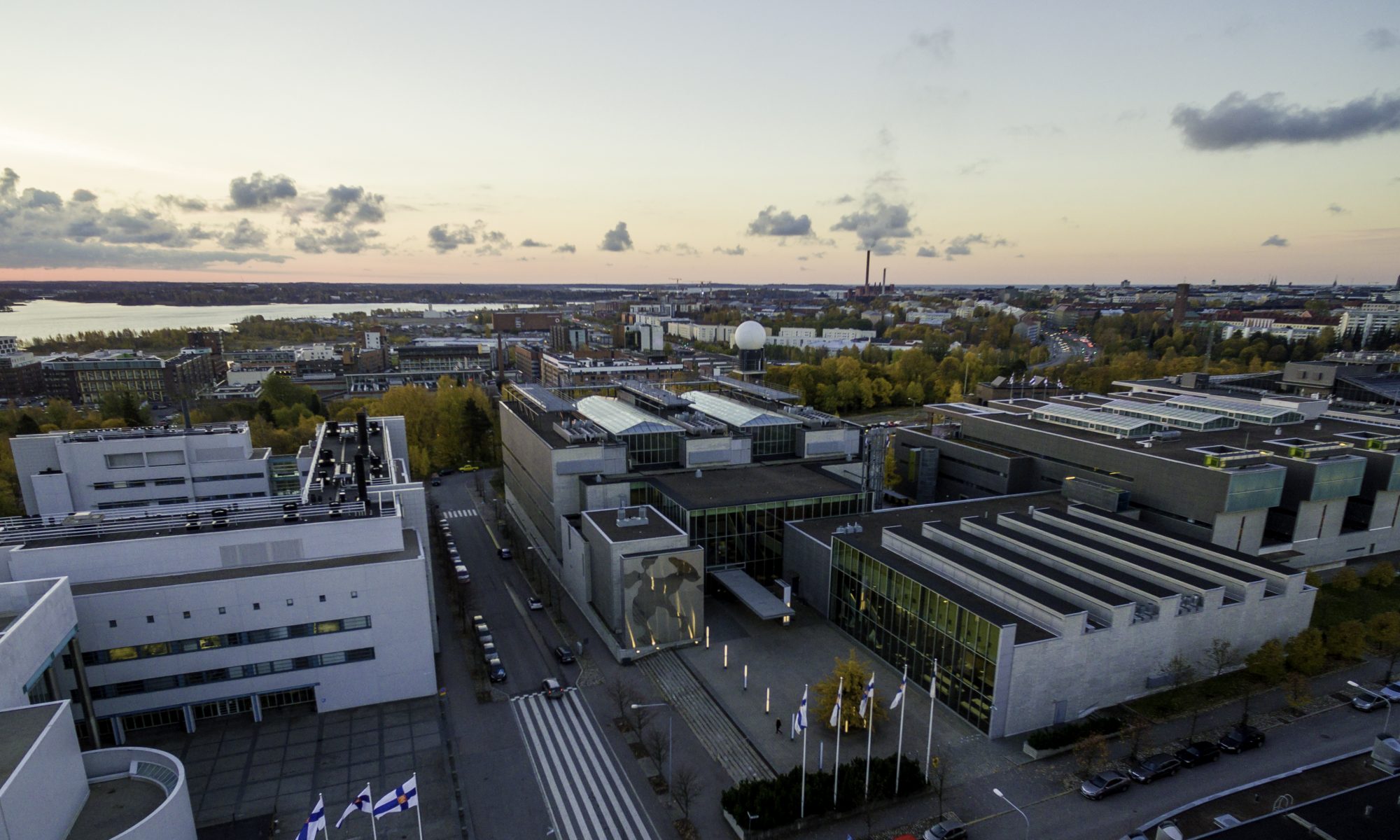Our next Physics Colloquium  will take place on Friday, March 25th. We will have a presentation on 2D material systems to be given by Thomas Michely, who is professor of experimental physics at the II. Physikalisches Institut of the University of Cologne.
will take place on Friday, March 25th. We will have a presentation on 2D material systems to be given by Thomas Michely, who is professor of experimental physics at the II. Physikalisches Institut of the University of Cologne.
Thomas investigates surface processes, nanostructures and 2D materials. In his research, he employs scanning tunneling microscopy, -spectroscopy, and a variety of synchrotron based methods to study for example the growth, defects, magnetic and electronic properties of 2D materials and ultrathin films, and the interaction of energetic ions with surfaces and 2D materials. He has studied physics and philosophy at the University of Bonn, and has been working at the Research Center Jülich until 1997 and at RWTH Aachen until 2006. He won the Wayne B. Nottingham Prize and the Günther-Leibfried Preis in 1992, and the Gaede Preis of the German Vacuum Society in 2000.
In his colloquium, titled About 2D crystals of clusters and correlated electrons in 1D cavities, Thomas will give us an overview of recent findings on the fabrication and properties of 2D material systems.
The event will be held on Friday 25.03.22 at 14:15 on Zoom (Meeting ID: 670 0174 5900 – Passcode: 994871).
Here is his abstract:
The diversity of 2D materials systems has been increasing substantially over the last years, and each new system offers new and exciting research opportunities. While a prime route for increasing complexity is the fabrication of 2D layer vertical heterostructures by stamping, in the present talk in situ fabrication of 2D material systems with new functionalities and properties are under concern. Three surprising examples will provide insight into the fabrication and the physics of these material systems.
First we will talk about cluster superlattice membranes, a new type of crystalline 2D material for nano-catalysis and nano-magnetism being itself largely composed of amorphous carbon. Second it will be shown that doping of graphene through an intercalation layer on its backside not only fundamentally changes its frontside reactivity, but even may induce phase transition in 2D materials placed on it. Lastly we will take a look into 1D cavities in 2D materials that host strongly correlated electrons of split nature.
